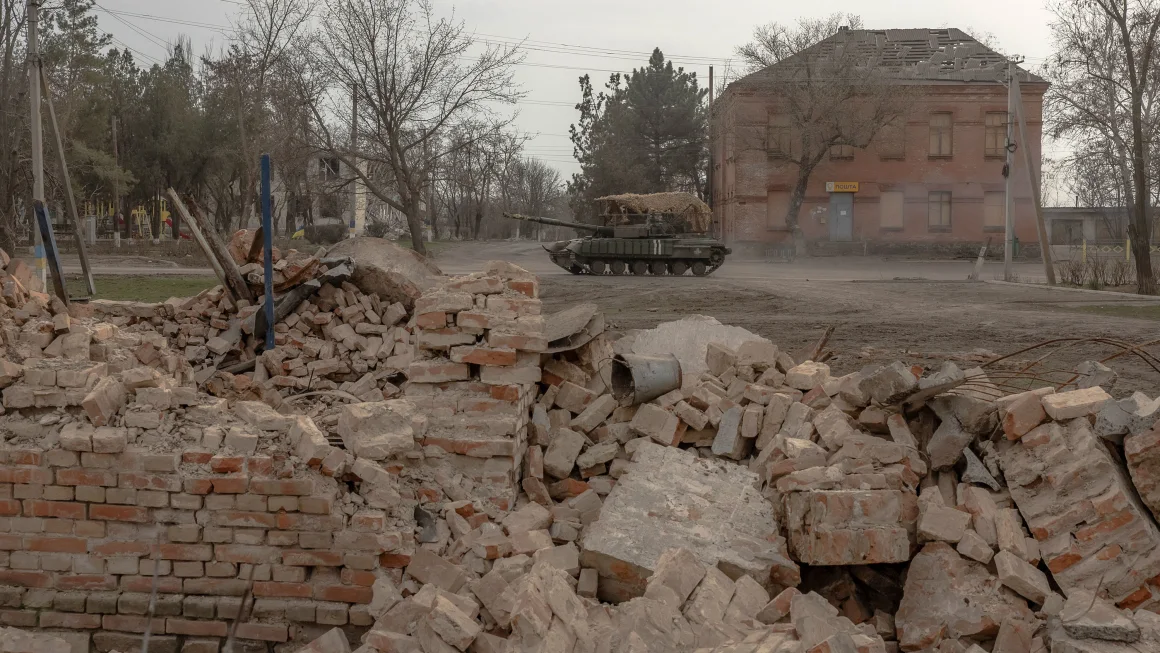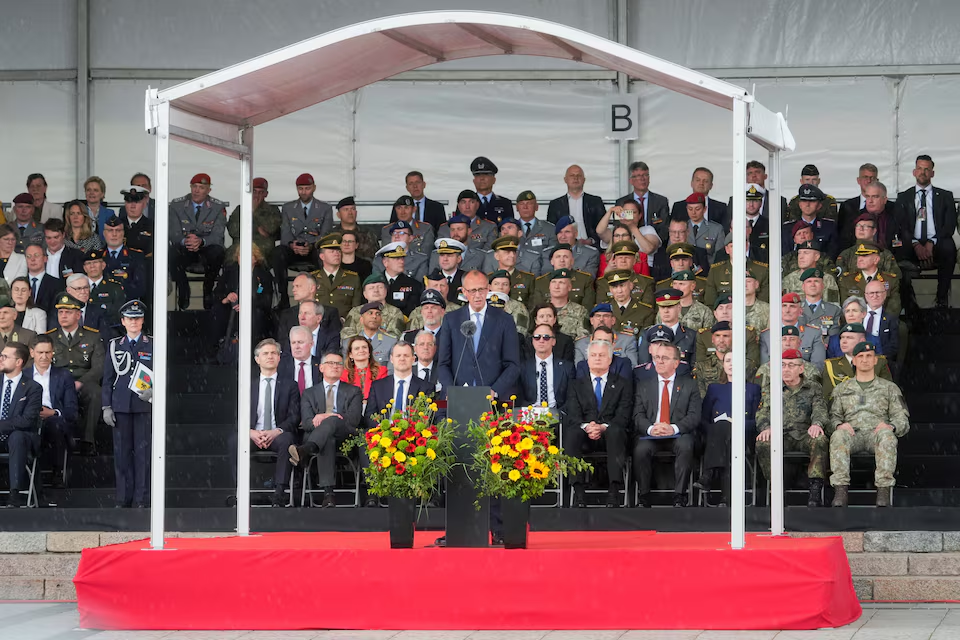Russia’s Ministry of Defense announced on Sunday that its forces have launched a new offensive in Ukraine’s eastern Dnipropetrovsk region, escalating an already volatile front as the war enters a new and unpredictable phase. Moscow claims its troops have advanced and inflicted significant damage on Ukrainian positions, although Kyiv has yet to confirm the extent of the operation.
The announcement marks a rare acknowledgement of combat operations in the Dnipropetrovsk region, which, until now, had seen less direct ground fighting compared to other frontline areas like Donetsk, Kharkiv, and Zaporizhzhia. Russia stated that the offensive is part of broader military efforts to “neutralize Ukrainian forces and reduce their operational capabilities.”
Ukrainian officials responded cautiously to the announcement. The country’s military command confirmed skirmishes in the region but did not acknowledge any large-scale Russian breakthrough. “The situation is under control. Our defenders are holding the line,” a spokesperson for Ukraine’s Armed Forces said in a brief statement.
Analysts believe the offensive may be an attempt by Russia to stretch Ukrainian resources along multiple fronts. Dnipropetrovsk holds strategic importance due to its industrial base and location along critical transportation corridors linking eastern and central Ukraine.
Russia’s defense ministry claimed that the attack had been supported by artillery, drones, and airstrikes targeting Ukrainian troop concentrations, command posts, and logistics hubs. The statement also alleged that several Ukrainian armored vehicles and fortified positions were destroyed, though such battlefield claims remain unverified by independent sources.
Ukrainian President Volodymyr Zelenskyy has previously warned that Russia may try to open new fronts or intensify attacks in under-defended areas in order to gain momentum or force Ukraine into a less favorable negotiating position. In a recent address, Zelenskyy said that Ukraine must remain vigilant and adaptable in the face of shifting Russian tactics.
The development comes as international attention remains focused on diplomatic efforts to secure a ceasefire or initiate peace talks. However, Russia’s announcement of a new offensive complicates the outlook for any near-term truce, especially as both sides continue to trade accusations of targeting civilian areas and escalating cross-border strikes.
Meanwhile, NATO officials have expressed concern about the spread of active combat to regions previously considered rear zones. An unnamed Western intelligence source told CNN that while Russia’s claims of deep advances are likely exaggerated, the intention to open a new axis of pressure is clear.
Civilians in Dnipropetrovsk have reportedly begun evacuating some border villages as shelling intensified over the weekend. Ukrainian emergency services have confirmed at least three casualties and multiple injuries in recent attacks. Local officials urged residents to stay in shelters and follow government alerts.
The offensive follows a series of Russian drone and missile attacks on Ukrainian energy and infrastructure sites in recent weeks, widely interpreted as part of a broader campaign to wear down Ukraine’s capacity ahead of possible peace negotiations.
Military experts say it remains unclear whether Russia has sufficient manpower and logistical support to sustain new offensives without weakening positions elsewhere. Ukraine, for its part, is still receiving arms shipments from Western allies but faces mounting pressure to counter multiple threats across a sprawling front.
As the battle in Dnipropetrovsk unfolds, the risk of further escalation looms large. With no sign of de-escalation and both sides preparing for prolonged conflict, the war continues to evolve beyond previous assumptions about geographic limits and strategic intentions.
Source; CNN



